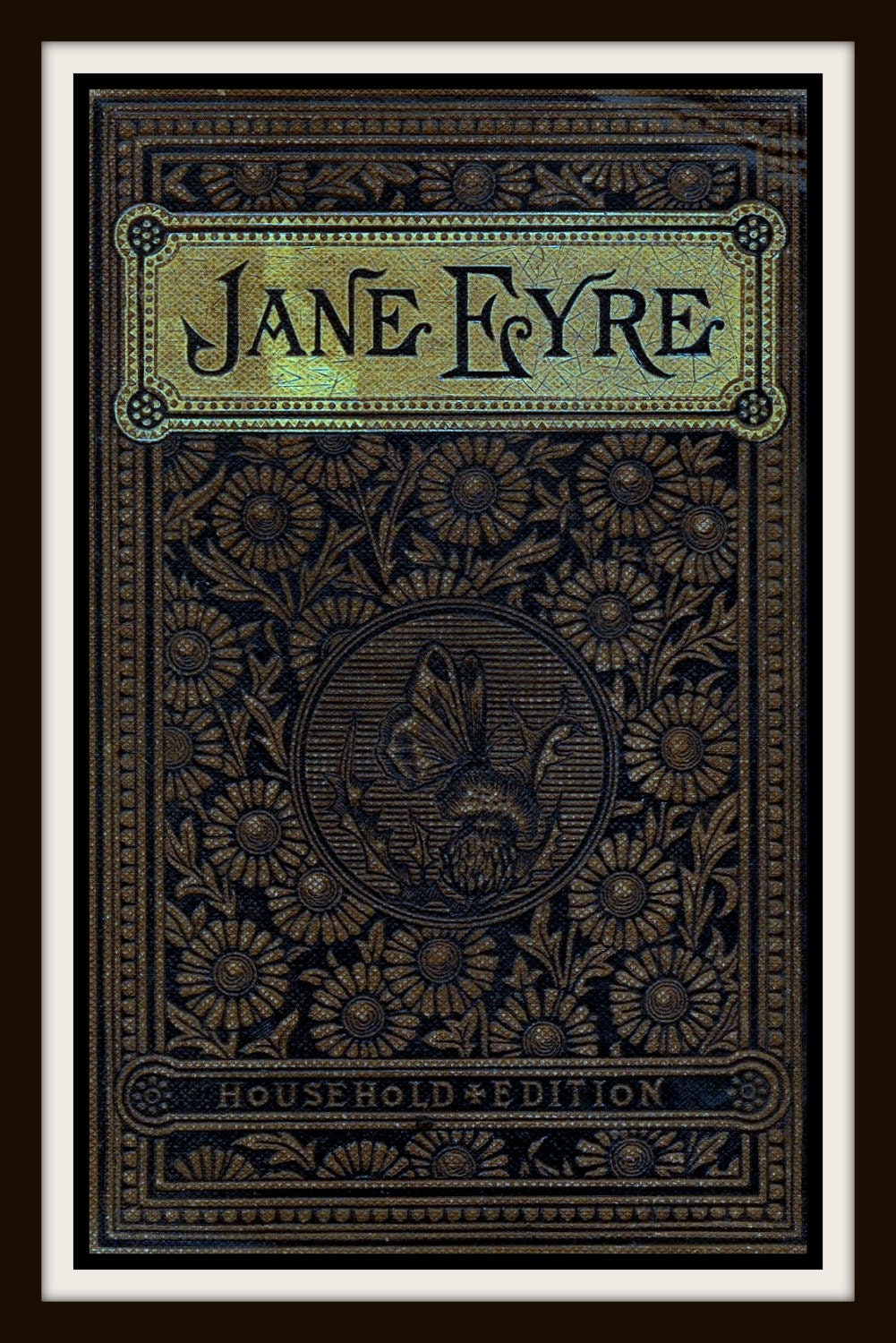
This delightful novel tells the story of one woman’s journey from harsh dependence to loving independence.
The End
When I taught AP Literature, Jane Eyre was one of my favorite novels to cover. It has it all: strong heroine in a coming-of-age story, symbols everywhere, and universal themes like love and independence. On top of all that, it has a crazy woman in the attic! What’s not to love?
From a Christian perspective, we see genuine faith contrasted with all types of hypocrisy and coldness. When Jane is in Lowood school – a “low’ point in her life (ah, the symbols!) – the “pious” director, aptly named Mr. Brocklehurst – forces the pupils to live an austere existence while his family lives in luxury. In contrast, Jane’s tragic friend, Helen Burns (the names in this book — every one means something!!) is able to rise above the harsh treatment, to find joy in her hope for eternity. One could say, she “burns” with true faith, like a light in the darkness.
Later in the book, St. John reflects dour faith – symbolized by all things cold. He offers Jane the life of sacrifice as missionary in India. But, as Jane recognizes, St. John isn’t going out of a passionate calling. His entire demeanor is sterile and so completely opposite of the fire she knew in Rochester that should could not accept his proposal.
Jane herself demonstrates a firm adherence to truth when she gives up all that is comfortable, pleasant, and warm to remain faithful to what she knows is right. She leaves Rochester, despite his great love for her, because he is married. Rochester can justify his adulterous intentions – Bertha is insane, and he was tricked into marrying her. Readers sympathize. But Jane’s conscience won’t permit her to join Rochester in those justifications.
In the end, Jane gets it all – the freedom she has always craved, the man she loves, and the life she wants. And she gets it all without having to compromise her integrity. A happy ending, indeed.